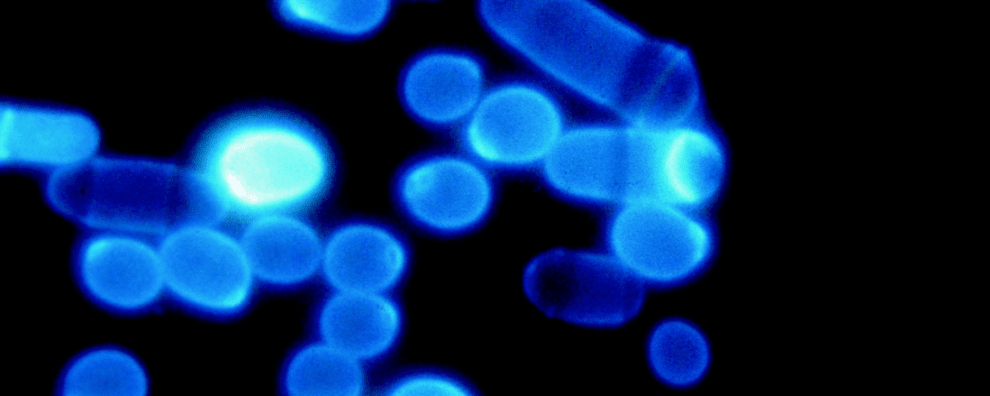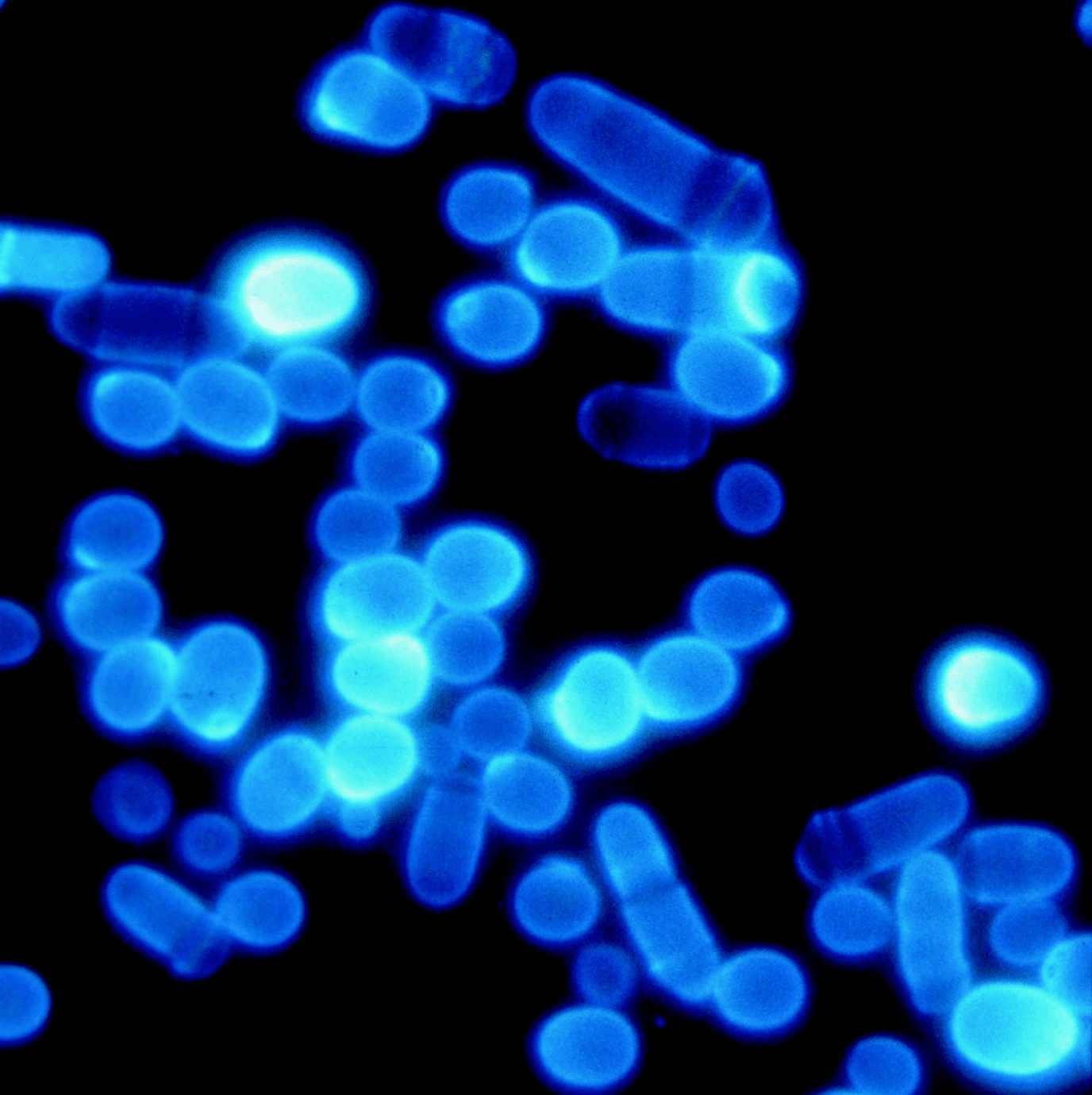 Antibody production
Antibody production
Can recombinant production help us avoid the common pitfalls of traditional polyclonal antibody purification methods?
Polyclonal antibody purification and production have remained unchanged in the past decades. But some scientists continue to pursue the development of robust and animal-free methods to improve the properties of these reagents. From a clinical point of view, polyclonal antibodies could also provide broader strain protection than it is currently achieved by monotherapies for infectious diseases (viral and bacterial). From a research and diagnostic points of view, recombinant polyclonal antibody production could improve the sensitivity of current immunoassays without sacrificing its reproducibility.
- The pitfalls of polyclonal antibody purification and production
- The next-generation of polyclonal therapies
- Development of oligoclonal antibody cocktails as a way to overcome the pitfalls of conventional polyclonal antibody purification and production methods
- Can recombinant production speed up polyclonal antibody purification and production?
- Concluding remarks
The pitfalls of polyclonal antibody purification and production
Currently, polyclonal antibodies remain attractive reagents for countless applications.
However, these molecules are still largely produced using traditional animal-dependent methods.
Despite the simplicity and low costs of these methods, their overall production yield continues to be limited by the size and availability of animal hosts. Moreover, these methods are not scalable nor reproducible, as they often generate a low concentration of antigen-specific antibodies and suffer from batch-to-batch inconsistencies.
In a clinical context, their use is limited by the inherent risks associated with traditional polyclonal therapy: disease transmission and other adverse responses.
These risks can be mitigated and the reagents improved by adopting more stringent polyclonal antibody purification methods. But these methods considerably reduce batch yields, and the resulting purified extracts are still known to contain considerable amounts of unspecific antibodies and other impurities.
For this reason, many scientists are calling out for a shift towards recombinant production.
Previously, we have covered how scientists are testing replacing traditional secondary polyclonal analytical antibodies (to use in ELISA, Western Blot, etc.) by a toolbox of anti-IgG nanobodies. But what about IgG-like polyclonal antibodies?
Can we produce them in a more effective way and avoid the common pitfalls of polyclonal antibody purification methods?
The next-generation of polyclonal therapies
Monoclonal antibodies and corresponding fragments represent the largest fraction of the biopharmaceutical market. Their high value arises from their straightforward and robust manufacturing processes and from the continuous progress in recombinant production and antibody design technologies.
Despite all the scientific progress in protein production, polyclonal antibodies have lagged behind.
Many researchers consider that the risks of using these molecules are too great, while others argue that polyclonal antibodies could hold the key to solve the inherent limitations of monotherapy.
Monoclonal therapies often fall short due to mutations in the target antigen (e.g. virus and cancer marker) or strain variability (e.g. bacterial infectious diseases).
Many researchers attribute these failures to the narrow range of monoclonal therapies. When our organism is challenged by an antigen, it naturally produces a complex and effective polyclonal response by generating different antibodies with an affinity towards different sections of an antigen or even towards different antigens within the same target. Arguably, this type of response offers broad strain protection. Interestingly, the polyclonal response also creates a pressure that ends up reducing the risks of selection and proliferation of escape mutants.
Recently, evidence suggests that a mixture of antibodies (antibody cocktails) able to bind non-overlapping epitopes could be the answer to the shortcomings of conventional monoclonal therapies. This approach, also known as oligoclonal antibody therapy, combines the advantages of recombinant production with the broad activity of polyclonal therapy.
Many studies have already demonstrated their effectiveness.
Development of oligoclonal antibody cocktails as a way to overcome the pitfalls of conventional polyclonal antibody purification and production methods
Currently, more than 80 antibodies have been approved for therapy. Provided that their target epitope is known, it can be feasible to combine antibody targeting non-overlapping epitopes from the same antigen and study the efficiency of these oligoclonal strategies.
A study by Jamie Spangler and colleagues from MIT (USA) in 2010 showed this approach could be used successfully to treat cancer in mice.
This study assessed the efficiency of the pairwise combination of monoclonal antibodies futuximab and modotuximab, which bind to non-overlapping epitopes of the EGFR (Epidermal Growth Factor Receptor). The cocktail, named Sym004, was effective in increasing treatment efficiency and resulted in complete tumor regression.
Since then, Sym004 has been evaluated in preclinical and clinical trials. As of November 2019, the new drug has already shown promising results in phase II clinical trials, provided that the patients do not present a mutation in the EGFR factor.
On the contrary, the development of oligoclonal therapy to treat infectious diseases has encountered considerable difficulties. This happens because of the natural strain variation and the presence of multiple antigens.
However, preliminary studies showed that the combination of monoclonal antibodies could be used to treat toxin-mediated diseases such as botulism and tetanus. In the early 1990s, researchers from the Swiss Serum and Vaccine Institute have already shown that a combination of two human anti-tetanus antibodies provided a level of protection similar to the one obtained with polyclonal preparations.
Similar results were reported by researchers from James Marks’s lab (University of California, San Francisco, USA). In a study published in 2002, they described how a combination of three monoclonal antibodies was more effective than the use of polyclonal preparations at neutralizing botulinum toxin A.
Interestingly, from a production point of view, the cocktail-based approach does not solve the underlying problem of polyclonal antibody generation. All of the antibodies of a single cocktail need to be individually generated, optimized and produced.
But recently, other scientists have proposed a different approach.
Can recombinant production speed up polyclonal antibody purification and production?
In a study published in 2015, Andrew Bradbury and colleagues described the first known pipeline that allows the generation and production of renewable polyclonal antibodies.
The approach proposed by these researchers harnesses the scalability and robustness of display technologies and naïve antibody libraries.
They started by performing two cycles of phage display against a naïve scFv library with 400 nM of the target antigen, immediately followed by cloning the resulting genes and performing two additional rounds of yeast display with 200 nM of the target antigen.

This resulted in more than 60 candidates with an average affinity of 200 nM towards the target antigen. This library of antibodies was subsequently fused with rabbit Fc domains and expressed in yeast vectors. These vectors are known to achieve a stable level of production for long periods of time. Thus, creating a renewable source of recombinant antibodies that bind to different epitopes of an antigen.
This approach generated several promising antibodies, but there are still several obstacles against its usage. For instance, these antibodies still need to be produced in independent reactors. Moreover, before they are considered suitable for therapy, the safety of these antibodies would have to be assessed, independently.
Concluding remarks
Currently, polyclonal antibodies are still valuable molecules for analytical and therapeutic applications (e.g. antivenom). However, polyclonal antibody purification and production methods have remained unchanged in the past decades.
For this reason, many researchers are calling out for a change. Two of the most interesting alternatives to the use of these polyvalent mixtures is the combination of existing monoclonal antibodies targeting non-overlapping regions of an antigen into a single oligoclonal cocktail.
While other researchers suggest the adaptation of phage and yeast display technologies to generate many different antibodies against the same antigen.
These methods promise to increase the consistency of polyclonal production, as well as establish quick and stable production methods. From a therapeutic point of view, the use of monoclonal cocktails helps to solve the main problems of polyclonal therapy – the risk of blood-borne disease transmission.
For this reason, organisms like the FDA continue to urge scientists and industry leaders to reduce conventional antibody production and invest on the development of monoclonal antibody cocktails. As research in this topic intensifies, we can expect to witness the development of many more interesting solutions during the next decades.
- Bell, T. Background on Rabies and Why Monoclonal Antibodies (mAbs) are Being Developed for Rabies PEP. Antimicrobial Drugs Advisory Committee Meeting. 2019. Retrieved from https://www.fda.gov/media/125085/download
- Ferrara, F. et al. Recombinant renewable polyclonal antibodies. MAbs. 2015; 7(1): 32–41. doi: 10.4161/19420862.2015.989047
- Lang, A. B. et al. Immunotherapy with human monoclonal antibodies. Fragment A specificity of polyclonal and monoclonal antibodies is crucial for full protection against tetanus toxin. J Immunol. 1993; 151(1): 466-472. Available from https://www.jimmunol.org/content/151/1/466.long
- Nielsen, L. S. et al. Single-batch production of recombinant human polyclonal antibodies. Mol Biotechnol. 2010; 45(3): 257-266. doi: 10.1007/s12033-010-9270-9
- Nowakowski, A. et al. Potent neutralization of botulinum neurotoxin by recombinant oligoclonal antibody. Proc Natl Acad Sci U S A. 2002; 99(17): 11346-11350. doi: 10.1073/pnas.172229899
- Pedersen, M. W. et al. Sym004: a novel synergistic anti-epidermal growth factor receptor antibody mixture with superior anticancer efficacy. Cancer Res. 2010; 70(2): 588-597. doi: 10.1158/0008-5472.CAN-09-1417
- Spangler, J. B. et al. Combination antibody treatment down-regulates epidermal growth factor receptor by inhibiting endosomal recycling. Proc Natl Acad Sci U S A. 2010; 107(30): 13252-13257. doi: 10.1073/pnas.0913476107
- Sym004. Retrieved from http://www.symphogen.com/pipeline/products/sym004-mcrc/
- Wang, X. Z. et al. Back to the future: recombinant polyclonal antibody therapeutics. Curr Opin Chem Eng. 2013; 2(4): 405-415. doi: 10.1016/j.coche.2013.08.005
